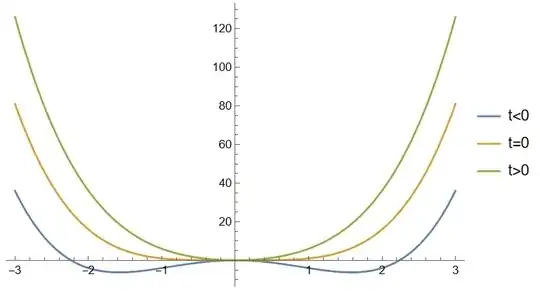I have been studying statistical field theory for a while and I still haven't found a physical explanation for this question. Every answer seems to be kind of circular. Basically something like this: "Why does the correlation length become infinite?" "Because there are fluctuations on all scales?" "and why are there fluctuations on all scales?" because that's what happens in critical points" "and why does it happen in critical points?" "because the correlation length becomes infinite".
So the question is: what is the thing about phase transitions that makes the correlation length go to infinity?
I know that when you do the math in every case, that's what happens but I want a more physical explanation. Also, I have seen the following posts:
Why correlation length diverges at critical point?
Scale invariance at phase transitions
But this answers only give the circular answer or explain that critical points are the fixed points in the RG flow which is also not explaining why this is physically happening but just using the math to prove it is.
 $t$" />
$t$" />